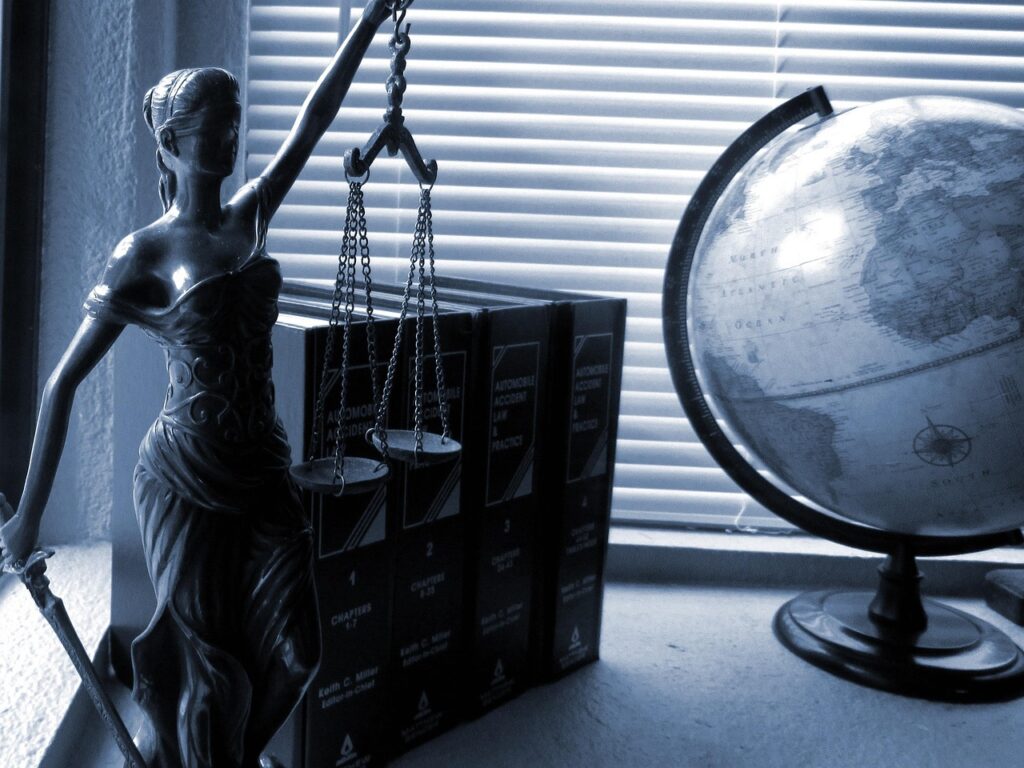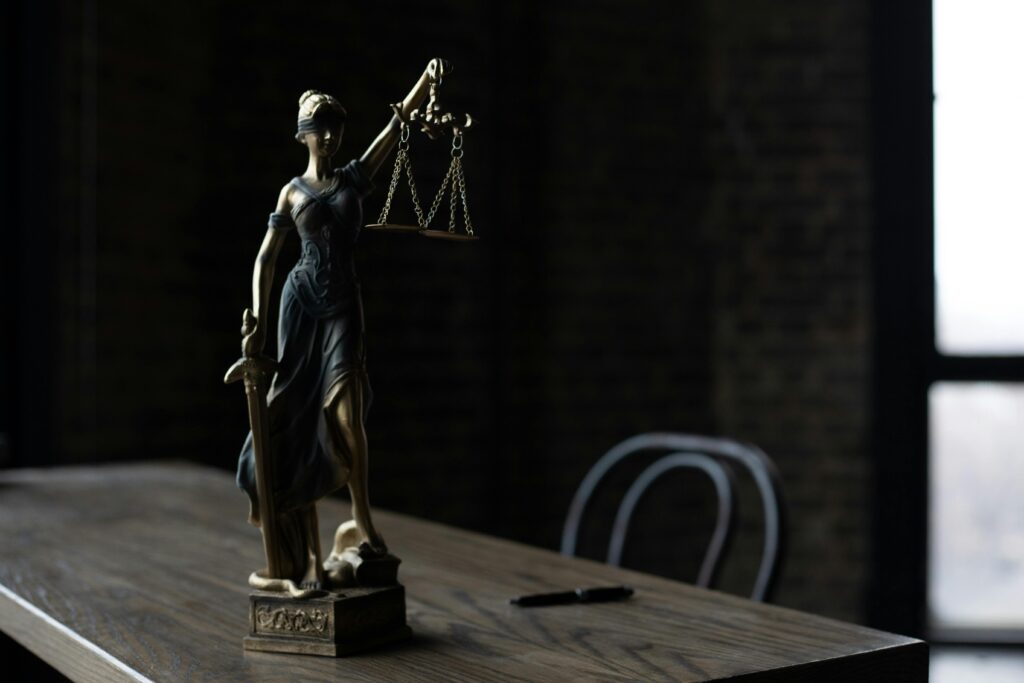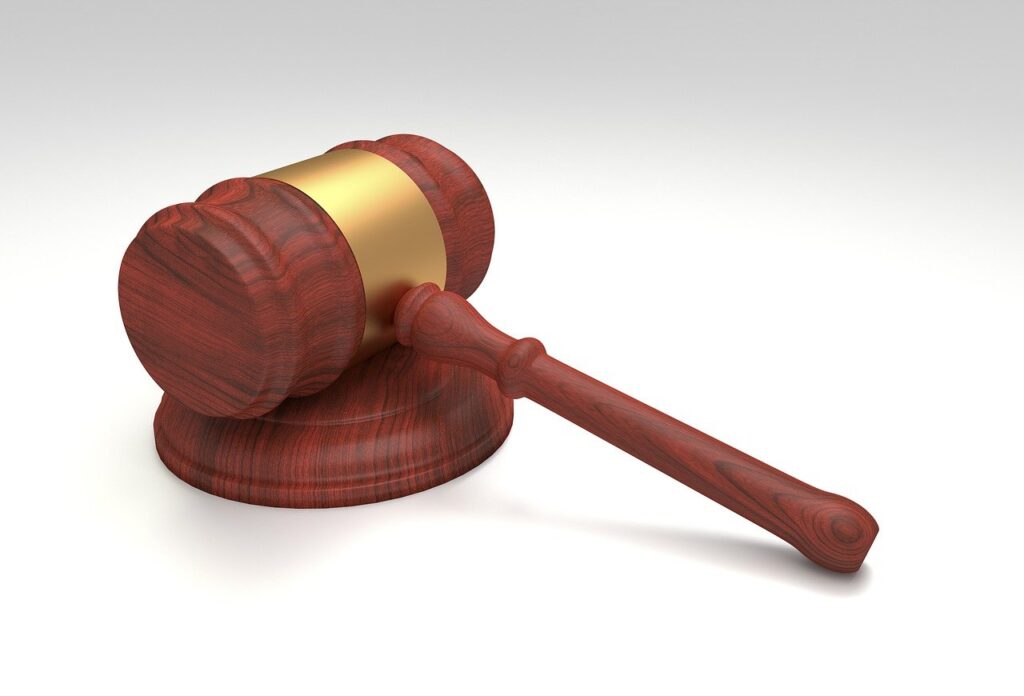Published On: 19th October, 2024
Authored by: Omkar Dattaraj Shirwadkar
Kishinchand Chellaram Law College, Mumbai
The State of Uttar Pradesh & Ors. Vs. Association of Retired Supreme Court and High Court Judges at Allahabad & Ors.[1]
Citation: 2024 INSC 4
Petition number: Special Leave to Appeal (C) Nos. 8575-8576 of 2023
Appellant: The State of Uttar Pradesh & Ors.
Respondent: Association of Retired Supreme Court and High Court Judges at Allahabad & Ors.
Bench: CJI D.Y. Chandrachud, Justice J.B. Pardiwala, Justice Manoj Misra
Date of Judgement: January 3, 2024
Facts of the case
In 2011, the Association of Retired Supreme Court and High Court Judges at Allahabad were of the opinion that the allowances provided to former judges of the High Court shall be revised and enhanced. Thus, a writ petition was being filed before the Allahabad High Court. The primary objective of this petition was to seek relief for former judges, specifically addressing their issues pertaining to domestic help and related expenses.
During the pendency of this suit, a judgement passed by the Supreme Court of India in the case of P Ramakrishnan Raju vs. Union of India[2] was referred to, wherein scheme developed by the State of Andhra Pradesh addressing the post-retirement benefits to former judges of High Courts was being acknowledged. The Allahabad High Court made suggestions to other states to adopt this policy. In the year 2018, an order by UP Government was put forth which dealt with revision in post-retirement benefits for former judges of High Court but the association wanted the government to raise the allowances further.
Based on the submissions made by the petitioner, it was clear that the Chief Justice of the High Court had put forward rules regarding the provision of domestic help, namely the “Rules for Providing Domestic Help to Former Chief Justices and Former Judges of the Allahabad High Court”[3]. The introduction part of the rules states that Chief Justice has created them keeping in mind the power granted to him under Article 229 of the Indian Constitution[4]. In early 2013, the High Court issued multiple orders directing senior government officials to appear in court due to its dissatisfaction with the state’s delay. On April 4, 2023, an order was passed wherein the government was asked to notify and implement the proposed rules.
In response to this, the Uttar Pradesh Government filed a recall application. The High Court was of the opinion that recall application filed constitutes “ex-facie criminal contempt” as valid grounds were not provided with respect to non-compliance of initial orders. Subsequently, the High Court ordered the arrest of the Secretary and the Special Secretary of the Finance Department. Challenging this order, an appeal was filed before the Supreme Court, which stayed the High Court’s order.
Issues Raised
- Whether the High Court has the authority to order the state government to notify the rules suggested by the Chief Justice with respect to the post-retirement benefits for former High Court Judges?
- Whether the High Court has the authority to frame criminal contempt against the state officials on the grounds that the recall application was contemptuous?
- What are the guidelines that the courts must follow while summoning the government officials to appear before them?
Arguments and Contentions
By Respondent
- The counsel representing the association contended that Article 229 of the Constitution empowers the Chief Justice to make rules. Preamble was being relied upon for proposing the rules, further stating that framing of rules with respect to service conditions of officers and servant of the High Court falls within the ambit of Chief Justice’s role.
- The Counsel cited past judgements provided in P Ramakrishnan Raju and Justice vs. Dave, to support the claims of Chief Justice, which draws attention towards the flexibility and state specific adaptations endorsed by the court.
- The Counsel argued that orders given by the High Court regarding notification of rules are valid, as they were of opinion that it is the duty of state government to carry out compliance of the judicial orders.
By Appellant
- The Counsel for appellant contented that the Chief Justice did not have the powers to frame policies regarding the post-retiral benefits, as Article 229 applies only to conditions of service for officers and servants of the High Court and not to the benefits of retired judges.
- The Counsel argued that judgements that were being cited by the High Court were not properly interpreted and therefore did not grant powers to the Chief Justice to enforce the rules. It was stated that relying on the earlier judgements is appropriate in this case.
- The Counsel then challenged the approach of High Court by raising questions on the usage of writs and mandamus to force the government officials to notify the rules. They argued that this impairs the authorities with respect to separation of powers and policymaking role of executive.
- The Counsel further stated that actions taken by the government did not amount to criminal contempt and framing criminal contempt on the officials for not complying the judicial orders was improper.
Holding
Addressing the first issue, the Hon’ble Bench of the Supreme Court held that Article 229 of the Constitution does not provide authority to the Chief Justice of the High Court to make rules with respect to post-retirement benefits of former judges. This article is only applicable to the conditions of services of officers and servants of High Court. The Bench was of opinion that High Court had exercised powers beyond its scope by asking the state government to notify proposed rules. This act of the High Court had violated the principle of separation of powers.
Addressing the second issue, the Bench held that the High Court, at most, could have pursued civil contempt for the official’s actions, but even the grounds for that were not met. The officials were just trying to avail the legal remedies and their actions did not constitute any contempt.
Addressing the third issue, the Bench held that summoning of officials should not be done in a routine way and only be done in exceptional cases also this act of the High Court was deemed improper.
In this case, Supreme Court has laid down “Standard Operating Procedure (SOP) on Personal Appearance of Government Officials in Court Proceedings”[5]. This Standard Operating Procedure is relevant to all judicial proceedings involving the government in cases before the court.
Reasoning
To support the judgement given with respect to the first issue, the Bench cited the case of P Ramakrishnan Raju vs. Union of India and Justice V.S. Dave, President, the Association of Retired Judges of Supreme Court and High Courts vs. Kusumjit Sidhu and Others[6], wherein it was observed that Chief Justice of High Court did not have power to formulate rules that were binding with respect to post-retirement benefits of former judges.
With respect to second issue, case of Leila David vs. State of Maharashtra[7] was referred which addressed the proper application of summary procedures in contempt proceedings. It was held that such procedures should be only used in extraordinary circumstances where the conduct of contempt is clear.
For the third issue, case of State of Uttar Pradesh vs. Manoj Kumar Sharma[8] was taken into account in which the frequent summoning of officials was being criticized. The court stated summons should not be used as a tool to harass and pressurize the government. The case of Mohd. Iqbal Khandaly v. Abdul Majid Rather[9] was referred which highlights the role of law officers in judicial proceedings.
Defects of law
In this case, several defects in the legal system are evident. First, there is an overreach of judicial authority, where the courts attempted to impose rules beyond their jurisdiction, violating the principle of separation of powers. Additionally, it was found that the High Court misinterpreted Article 229.
Secondly, there was a misappropriation of contempt powers, as criminal contempt charges were brought against the officials for non-compliance with the High Court’s orders. Upon examination, it was determined that there were no valid grounds for framing such charges. This suggests a potential defect in court’s approach to contempt proceedings.
Thirdly, there was improper use of the power to issue summons, as the High Court frequently summoned government officials. The Supreme Court later observed this as a potential strategy to harass or pressure the officials.
Lastly, the absence of clear judicial guidelines regarding the extent of judicial authority in enforcing administrative rules was evident. In this case, the Supreme Court introduced a Standard Operating Procedure (SOP) to provide clarity. However, the previous lack of such guidelines can be seen as a defect in the legal system.
Conclusion
After a thorough analysis of this case, it becomes evident how lower courts and High Courts can misuse the powers granted to them. The primary cause of action in this case concerned the post-retirement benefits provided to former High Court judges. The Uttar Pradesh state government had made efforts to revise post-retirement benefits, but the Chief Justice of the Allahabad High Court was not satisfied with the changes implemented. The Chief Justice, therefore, directed the state government to implement the rules he had framed. The state government did not comply with the order, resulting in the summoning of government officials. As a result, the Chief Justice framed criminal contempt charges against the government officials.
Dissatisfied with this decision, the state government approached the Supreme Court for relief. After analysing the facts and evidence, the Hon’ble Bench held that the High Court had exceeded its jurisdiction and exercised powers beyond its scope. No valid grounds were found for framing the contempt charges. In this case, the Supreme Court established a Standard Operating Procedure (SOP) regarding the appearance of government officials in court proceedings, which must be adhered to by all courts in the country. Finally, the Bench set aside both orders issued by the High Court, and the appeal was disposed of.
References
[1] The State of Uttar Pradesh & Ors. Vs. Association of Retired Supreme Court and High Court Judges at Allahabad & Ors 2024 INSC 4
[2] P Ramakrishnan Raju vs. Union of India Writ Petition (Civil) No. 521/2002
[3] ‘Allahabad HC for more facilities for retired judges’ (2023) The Economic Times <https://lega.economictimes.indiatimes.com/news/industry/allahabad-hc-for-more-facilities-for-retired-judges/99333234> accessed 10 August 2024
[4] Constitution of India, art 229.
[5] Deeksha, ‘Standard Operating Procedure framed by Supreme Court on summoning of government officials: All you need to know’ (SCC Online, January 4, 2024) < https://www.scconline.com/blog/post/2024/01/04/standard-operating-procedure-framed-by-supreme-court-on-summoning-of-government-officials-legal-news/> accessed 10 August 2024
[6] Justice V.S. Dave, President, the Association of Retired Judges of Supreme Court and High Courts vs. Kusumjit Sidhu and Others Contempt Petition (Civil) Nos. 425-426 of 2015
[7] Leila David v. State of Maharashtra (2009) 10 SCC 337
[8] State of Uttar Pradesh vs. Manoj Kumar Sharma (2021) 7 SCC 806
[9] Mohd. Iqbal Khandaly v. Abdul Majid Rather (1994) 4 SCC 34




